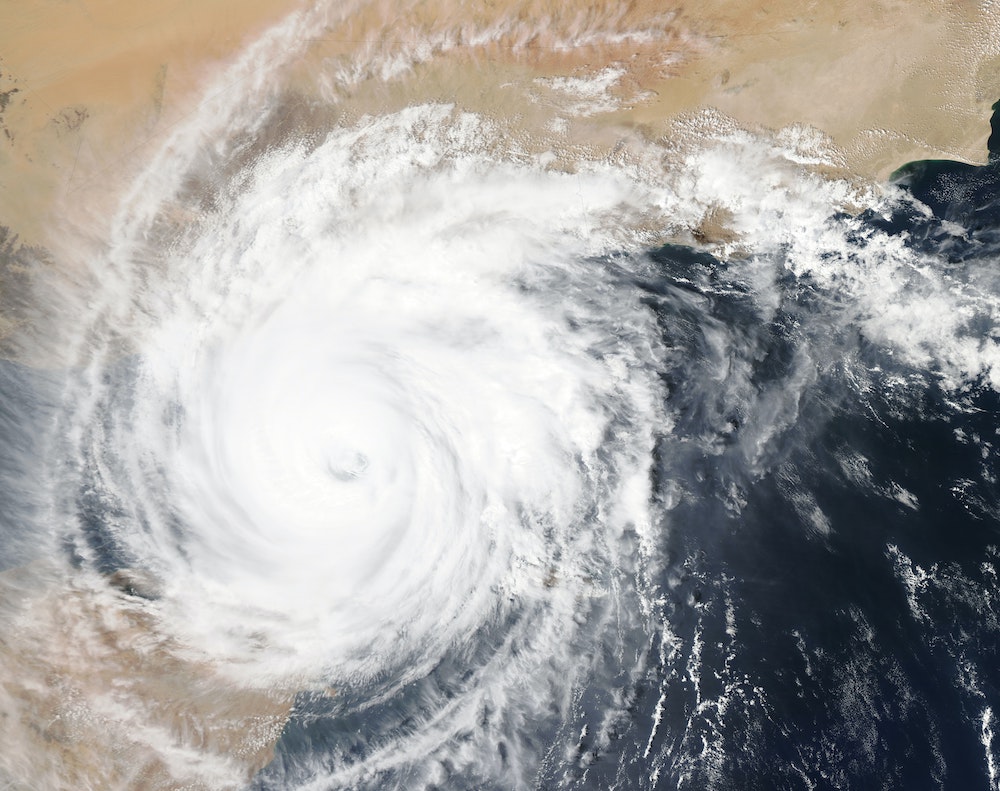Deciphering hurricane-speak is no easy task.
Here's what you need to know about the most turbulent time of the year if you live on the East Coast. Even if you're not in the projected path of a hurricane, you may find your life dominated by its news coverage. As the resident Florida transplant, I put together a list of some of the most important hurricane-related terms you need to know.
Hurricane Terminology 101:
Hurricane Season: For the Atlantic Ocean, hurricane season is from June 1 to November 30. During this time period, you're encouraged to have travel insurance on ANY plans you make for vacation including airfare, home rentals, hotels, or attractions. Don't lose out on a hefty Disney deposit if a named storm comes through!
Cyclone: This is the general term for a storm that rotates. When you look at an infographic of a hurricane or tropical storm, you'll see its rotation indicated by arrowheads around a central dead zone or eye. According to the National Hurricane Center, cyclones progress through different categories based on the wind speed generated.
Tropical Depression: A cyclone with maximum sustained winds of 38 miles per hour (mph).
Tropical Storm: A cyclone with maximum sustained winds from 39 mph to 73 mph.
Hurricane: A cyclone with maximum sustained winds from 74 mph and up. Hurricanes are further categorized based on wind speed into Category 1 (74-95 mph), Category 2 (96-110 mph), Category 3 (111-129 mph), Category 4 (130-156 mph), and Category 5 (157 mph and up).
Major Hurricane: Any hurricane that is Category 3 or higher.
Storm Surge: This describes how high the tides come in due to the storm. It is measured feet beyond the typical high tide line in waterfront areas and often has a domino effect on inland waterways.
Eye: The center of the storm is a dead zone that is eerily quiet due to the rotational nature of the clouds and wind. It can often be mistaken for the end of the storm, but it is actually the middle of the action.
Spaghetti Model: This is a forecasting tool used to describe where a storm may go. According to The Weather Channel, multiple factors go into these computer-generated models, including historical tracks, wind shear, landmass, and other weather disturbances in the area. Each line of the model represents a possible route the storm may take, and the areas with the highest concentration of lines indicate the most likely path.
Watch: A storm watch is issued if a storm is possibly going to hit your location within 48 hours.
Warning: A storm warning is issued when a storm is anticipated to hit your location within 36 hours.
For more information on understanding hurricanes and major storms, visit the National Hurricane Center website. The Weather Channel is also a good resource for storm coverage, along with your local news and radio stations.
